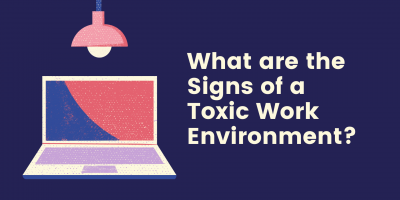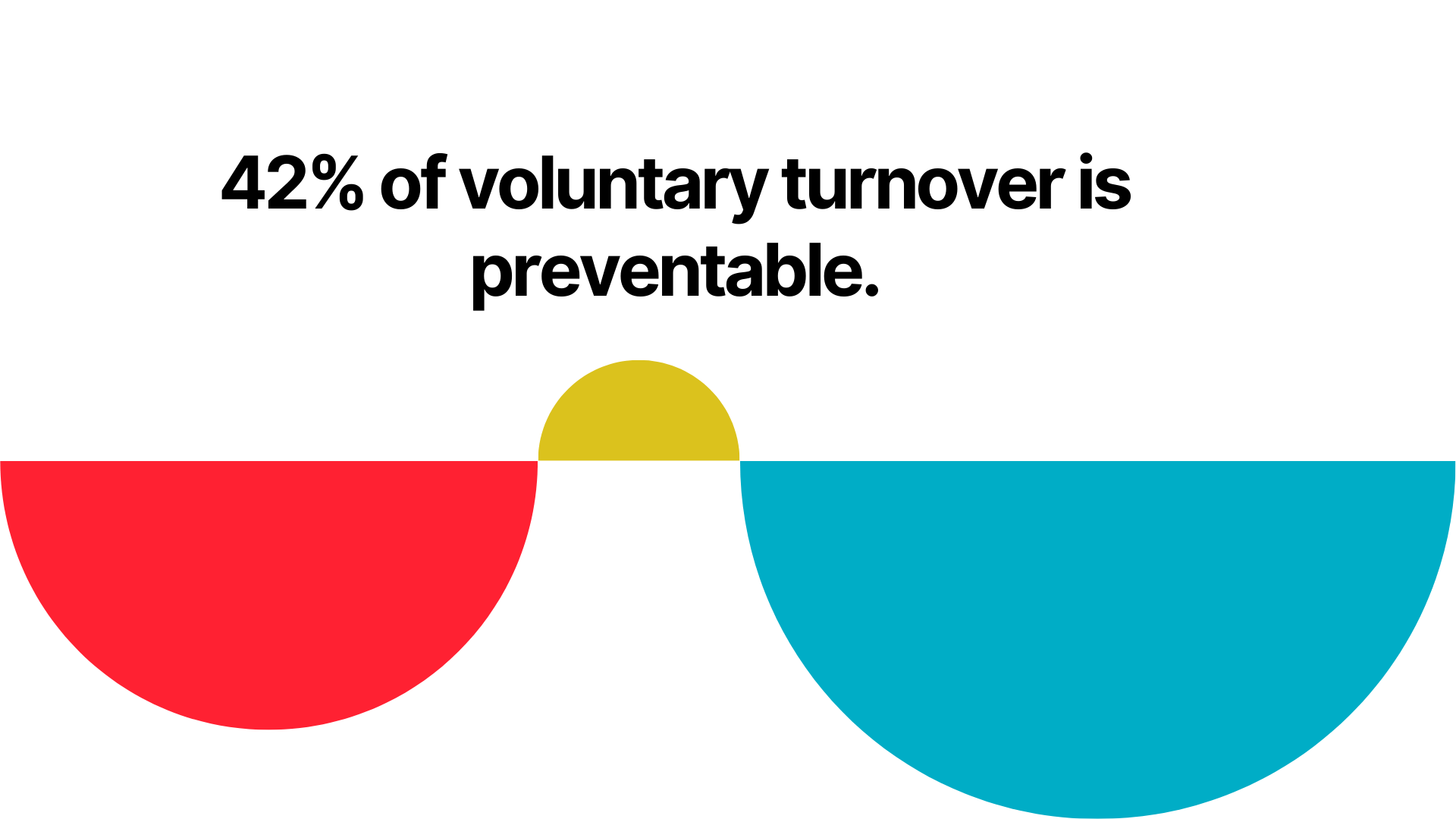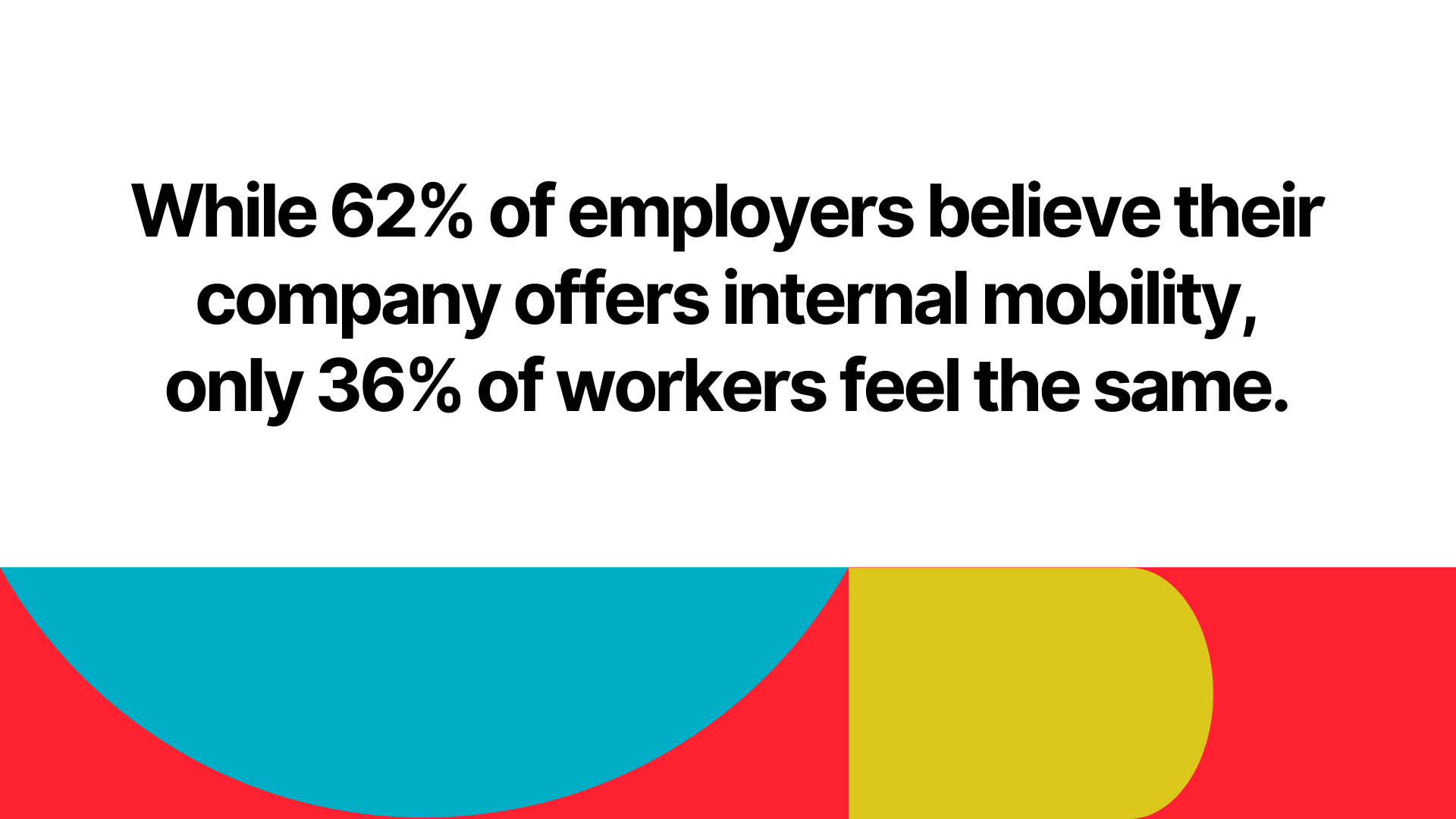
What are the Signs of a Toxic Work Environment?
Deciding to stay or leave a toxic work environment isn’t always straightforward. However, recognizing the signs is the first step toward resolution.


Founder of Best Trade Schools LLC

General Manager of Wardnasse

Founder & Therapist of Uncover Mental Health Counseling
By the time an employee hands in their resignation notice, their decision is typically final. While reversing it may no longer be possible, understanding why it happened offers a rare opportunity to identify systemic issues, correct course, and reduce preventable turnover.
One of the most effective and often overlooked ways to do so is by asking the right exit interview questions, thoughtfully designed to turn the uncomfortable offboarding process into a strategic feedback loop.
With the right approach, the conversation becomes less about the employee leaving and more about improving the experience for those who stay.
Building on that idea, we unpack the best exit interview questions to ask when you want to get honest employee insights, reveal turnover patterns, and strengthen retention.
An exit interview is a structured conversation between a departing employee and an employer (typically conducted by HR) to gather feedback about the worker’s experience, reasons for leaving, and suggestions for improvement.
They are more common after resignations but can follow terminations, too.
Although some exits are inevitable, Gallup’s research on enhancing the employee exit experience reveals that 42% of voluntary turnover is preventable. This number confirms the importance of learning from those who leave, especially in today’s competitive job market.
Too often, organizations miss the mark.
Only 10% of CHROs from Fortune 500 companies say their company is highly effective at managing the employee departure process. Among workers who voluntarily left a role, less than half (43%) reported being satisfied with how the company handled their exit.
Yet, the benefits of a positive exit experience are significant:
In other words, exit interviews are ideal for ensuring a respectful, insight-driven offboarding process.
With the right questions and approach, employers can use them to build stronger networks, preserve their employer brand, and turn every exit into a strategic learning opportunity.

While employee engagement surveys offer a pulse on the present, exit interviews provide a rare, candid look at the moments that led someone to leave. Done right, they uncover patterns in culture, leadership, and workload that are often invisible until someone steps away.
To effectively capture these insights, it’s crucial to consider several factors, starting with:
Choosing the right person to lead the conversation matters.
According to Harvard Business Review, in most organizations, this responsibility falls to HR departments (71%), direct supervisors (19%), the supervisor’s manager (9%), and external consultants (1%).
The individual leading the exit interview should make the employee feel comfortable, creating the psychological safety needed for honest feedback.
Kristie Tse, founder and clinical director at Uncover Mental Health Counseling, emphasizes the importance of this key aspect.
“Employees in their final days are often reluctant to share candid perspectives unless they feel their input will be received without judgment.
Creating a neutral, supportive environment either through external facilitators or confidential feedback mechanisms can make a significant difference in the quality of information gathered,” explains Tse.
Exit interviews are often most effective during the employee’s final week when they’ve had time to reflect but are still engaged.
Whether in-person or virtually, keep the setting comfortable and conversational.
Many HR teams now turn to offboarding software to automate and organize their exit interviews, feedback collection, and compliance steps in a structured way.
When paired with other tools that track the employee journey from hiring to departure, such as ATS, employee engagement software, and performance management systems, it can offer deeper insights, making it easier to analyze trends and refine retention strategies.
Set the tone from the beginning and explain the purpose of the interview clearly.
Employees should know that this isn’t about blame but instead about learning. It will also help them learn how to answer exit interview questions without stressing over them.
It’s important to emphasize that the company will use this feedback to identify areas for improvement, strengthen the company culture, and shape future experiences. This level of transparency helps build trust and increases the likelihood of receiving honest, constructive responses.
The usefulness of the insights depends on the quality of the questions.
“Why are you leaving?” is asked way too often,” says Doug Crawford, founder of Best Trade Schools LLC.
Instead, Crawford advises asking what would have made them stay.
“That opens up a better line of thought – now you’re talking about what was missing or what pushed them toward the door.
People are a lot more likely to give you something honest when you ask them what could have made things better, not just what went wrong.”
Open-ended, focused questions allow responses beyond the surface and reach the core of the employee’s experience.
At the same time, it’s vital to create space for the employee to speak freely without rushing or steering the conversation.
Follow up with clarifying questions when appropriate, and avoid becoming defensive or dismissive, even if the feedback is openly negative.
When an employee decides to move on, it presents a valuable opportunity for companies to learn, improve, and grow.
Asking the right exit interview questions isn’t just about wrapping things up – it’s about uncovering honest feedback that might otherwise go unheard.
For HR teams wondering what questions to ask in an exit interview, the following conversations can offer crucial insights into company culture, leadership practices, and employee experience.
Every employee has their version of what makes a good job, which often coincides with their decision to leave.
For some, it’s the search for a better salary and growth opportunities. For others, it could be flexibility, recognition, or strong leadership.
Starting the conversation by understanding the reasons behind someone’s departure helps employers connect the dots between what workers value most and what might be missing internally.
This feedback is key to reducing turnover by creating roles that reflect employees’ needs.
Roles evolve, sometimes intentionally, sometimes without clear communication. Even if the job initially seems good, it can quickly become frustrating under misaligned or unfavorable circumstances.
Asking these questions shows how well (or poorly) the role matched expectations and whether workers received any support.
This exit interview phase becomes especially important in today’s workplace landscape, shaped by trends like the Great Detachment and quiet quitting.
Employee disengagement often stems from feeling disconnected from their role, whether expectations shifted without clarity, workloads became unmanageable, or support systems fell short.
Therefore, the insights can help companies spot early signs of detachment in other employees and realign roles before disengagement turns into turnover.

A great manager can often make or break an employee’s experience.
In fact, a People Management Report revealed that, during the Great Resignation, 63% of employees with bad managers planned to leave the company within a year.
The results were significantly lower at 27% for those with a good manager.
Therefore, asking these particular questions exposes whether the leadership style encourages growth and recognition or contributes to discontent. It also allows companies to evaluate how well managers support their teams and whether employees feel seen, heard, and valued.
Culture is the heart of every organization, shaping how workers feel and interact daily. These questions look at the environment employees are stepping away from, including what worked, what didn’t, and what could use more attention.
Honest feedback can help employers reinforce values such as better ethics in the workplace, stronger transparency, or greater inclusion while building a culture that attracts and retains top talent.
An employee’s time at a company is only a chapter in their larger career story.
Whether that story includes growth, learning, and new challenges often shapes how they’ll reflect on their experience.
Unfortunately, there is a significant disconnect between the employer’s perception and the employee’s reality.
The 2024 Career Optimism Index study shows that while 62% of employers believe their company offers internal mobility, only 36% of workers feel the same.
The gap continues with career development: 90% of companies say they provide growth opportunities, yet 69% of the workforce agrees that this aligns with their experience.
Knowing what questions to ask in an exit interview can give insight into this disconnect, how workers saw their time with the company, how invested or overlooked they felt, and what type of opportunities they received.

The last chapter of the exit interview often provides the clearest reflection of an employee’s experience. Would they feel confident returning or recommending the company to others?
In the post-pandemic workplace, many employees left their roles searching for something better, only to experience the Great Regret later when their new jobs didn’t meet expectations.
For employers, this presents both a challenge and an opportunity.
Exit interviews provide a deeper understanding of what drives satisfaction, loyalty, and long-term engagement. These conversations can help companies evolve outdated practices, strengthen their employer brand, and re-engage top performers who once walked away.
After completing the offboarding, the employee feedback should reveal gaps in job satisfaction, management effectiveness, expectations for growth, compensation, culture, and more.
Then, HR teams can turn these raw exit interview answers into meaningful improvements by:
Step #1: Cleaning the data
Before any analysis begins, the data must be reviewed for accuracy. It means removing duplicate responses, fixing formatting inconsistencies, and anonymizing all feedback to protect privacy.
Step #2: Analyzing the results
With organized data, HR should look for recurring patterns and outliers to spot reasons for leaving that could indicate a turnover trend. The goal is to move from isolated feedback to meaningful insights.
Step #3: Sharing insights with stakeholders
The next step is to communicate the findings in a concise, visual report to leadership and HR partners to help focus attention on what matters most, whether it’s culture gaps, compensation concerns, or specific team issues.
Step #4: Taking action
Afterward, it’s time to turn insights into solutions. This step could mean reworking onboarding, coaching managers, reviewing compensation, or refining internal communication.
Step #5: Tracking results
Finally, tracking results over time ensures that changes are making a difference. HR teams should monitor key metrics, like engagement, turnover, and satisfaction, to assess whether the adjustments drive improvement. Tracking progress helps refine strategies, ensuring that efforts continue to deliver impact.
Carla Niña Pornelos, a general manager at Wardnasse, believes that exit interviews should do more than provide answers. “The most effective exit interviews aren’t about closure—they’re about clarity,” she says.
“We treat exit interviews like diagnostic tools—patterns in responses guide our culture calibration, from updating onboarding materials to reshaping team dynamics.”
But Pornelos is clear: gathering insights isn’t enough.
She emphasizes the importance of translating feedback into action. At Wardnasse, the input gathered is codified into quarterly reports, which are reviewed by both HR and department heads to identify common themes and implement targeted improvements.
“Over time, this practice has strengthened our employer brand, turning alumni into advocates,” she says.
“When people leave feeling heard, they carry your culture with them—in a good way.”
“How someone leaves a company says a lot about what kind of place it is”, explains Doug Crawford.
“People remember how they were treated at the end. They talk about it, they post reviews, tell their friends, and all of that adds up. If they leave feeling ignored or pushed out the door, that sticks with them.
But if they leave feeling like they were respected, listened to, and treated like a person right up to the end, that sticks, too,” Crawford adds.
A strong employer brand isn’t defined by what’s promised but by what workers experience at every stage of their employment, including when they leave.
Thoughtful exit interview questions illustrate this gap. However, they also show that the company values transparency, accountability, and continuous improvement.
They signal to current and future employees that feedback is taken seriously, not just when things are going well but especially when they aren’t.
Over time, these conversations can shape policies, strengthen leadership, and improve the employee experience at every stage, ultimately reinforcing a brand that listens, learns, and evolves.
Content Writer at Shortlister
Browse our curated list of vendors to find the best solution for your needs.
Subscribe to our newsletter for the latest trends, expert tips, and workplace insights!

Deciding to stay or leave a toxic work environment isn’t always straightforward. However, recognizing the signs is the first step toward resolution.

Value-based connections, hybrid events, expansion of AI, and the metaverse. In the ever-expanding networking realm, here’s what to look out for in 2025.

Delve into the latest coworking statistics highlighting its benefits in creating a positive work environment and increasing employee productivity.

Which companies are leading the way in 2025 with benefits that go beyond salaries to truly support employees’ health, finances, and work-life balance?
Used by most of the top employee benefits consultants in the US, Shortlister is where you can find, research and select HR and benefits vendors for your clients.
Shortlister helps you reach your ideal prospects. Claim your free account to control your message and receive employer, consultant and health plan leads.